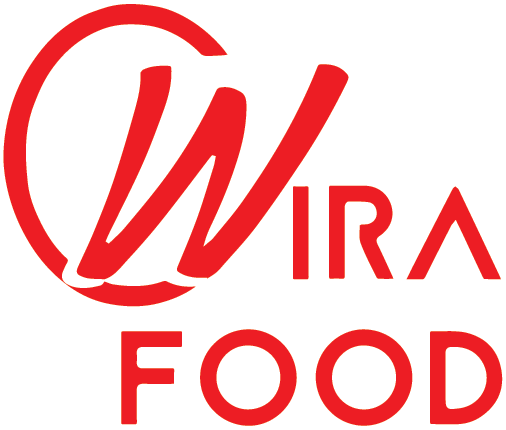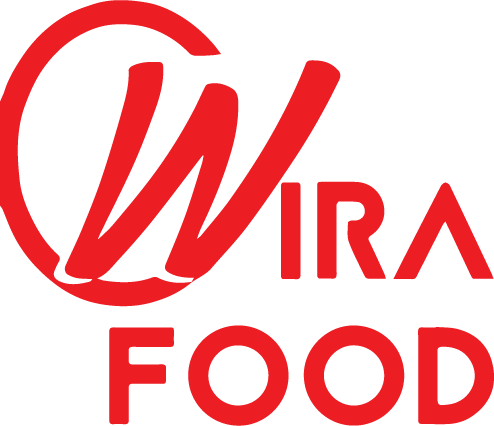In today's fast-paced world, frozen food has become a staple in many kitchens. Whether you're a home cook or a professional chef, the convenience and versatility of frozen ingredients can't be denied. However, to fully enjoy the benefits of frozen food, it's essential to understand the art of safe and savory frozen food handling. In this article, we'll provide you with a comprehensive guide to ensure your frozen culinary creations are not only delicious but also safe.
1. The Freezing Advantage
Before we delve into handling, let's celebrate the advantages of frozen food. Freezing is a natural preservation method that locks in flavor and nutrients, extending the shelf life of ingredients without the need for artificial additives. It's like nature's pause button, allowing you to enjoy seasonal favorites year-round.
2. The Three Golden Rules of Freezing
For successful frozen food handling, remember these three golden rules:
- Prep for Freezing: Start with fresh, high-quality ingredients. Clean, peel, and cut as needed before freezing. If you're freezing cooked dishes, allow them to cool completely.
- Air-Tight Packaging: Proper packaging is crucial. Use air-tight containers or freezer bags, removing as much air as possible to prevent freezer burn. Label containers with the date to track freshness.
- Temperature Matters: Ensure your freezer maintains a temperature of 0°F (-18°C) or lower. An accurate thermometer is your best friend here.
3. Safe Thawing Techniques
When it's time to use your frozen ingredients, proper thawing is essential. Avoid thawing at room temperature, as it promotes bacterial growth. Instead, use one of these safe methods:
- Refrigerator Thawing: The slowest but safest method. Plan ahead, as it may take several hours or even overnight.
- Cold-Water Bath: Submerge the sealed package in cold water, changing the water every 30 minutes until thawed.
- Microwave Thawing: Use the microwave's defrost setting, checking and stirring food often. Cook immediately after thawing.
4. Avoid the Danger Zone
One critical aspect of frozen food handling is preventing the "danger zone," where bacteria thrive. The danger zone is between 40°F (4°C) and 140°F (60°C). Never thaw or leave frozen food in this temperature range for extended periods.
5. Freezing and Reheating Cooked Dishes
For cooked dishes, here are additional tips:
- Divide into smaller portions for quicker cooling and reheating.
- Reheat to an internal temperature of 165°F (74°C) for safety.
- Consume within three to four months for optimal quality.
6. Storing Frozen Ingredients
Proper storage is essential to prevent cross-contamination and maintain flavor. Here are some key tips:
- Store raw meats on the lowest shelf to prevent drips onto other items.
- Group similar items together for easy access.
- Use a FIFO (First-In-First-Out) system to ensure you use the oldest items first.
7. Don't Forget the Labeling
Labeling is your best friend when it comes to frozen food handling. Clearly label packages with the contents and date of freezing. This helps you keep track of freshness and prevents food waste.
Conclusion: Mastering the Art of Frozen Food Handling
The freezer is a treasure chest of culinary potential, and mastering the art of frozen food handling ensures that you unlock its delicious secrets safely. By following these guidelines, you can enjoy the convenience and flavor of frozen ingredients without compromising on safety or quality.
So, whether you're preparing a gourmet meal for guests or simply seeking a quick and tasty weeknight dinner, your freezer is your ally. Embrace the art of safe and savory frozen food handling, and let your culinary creativity soar.



